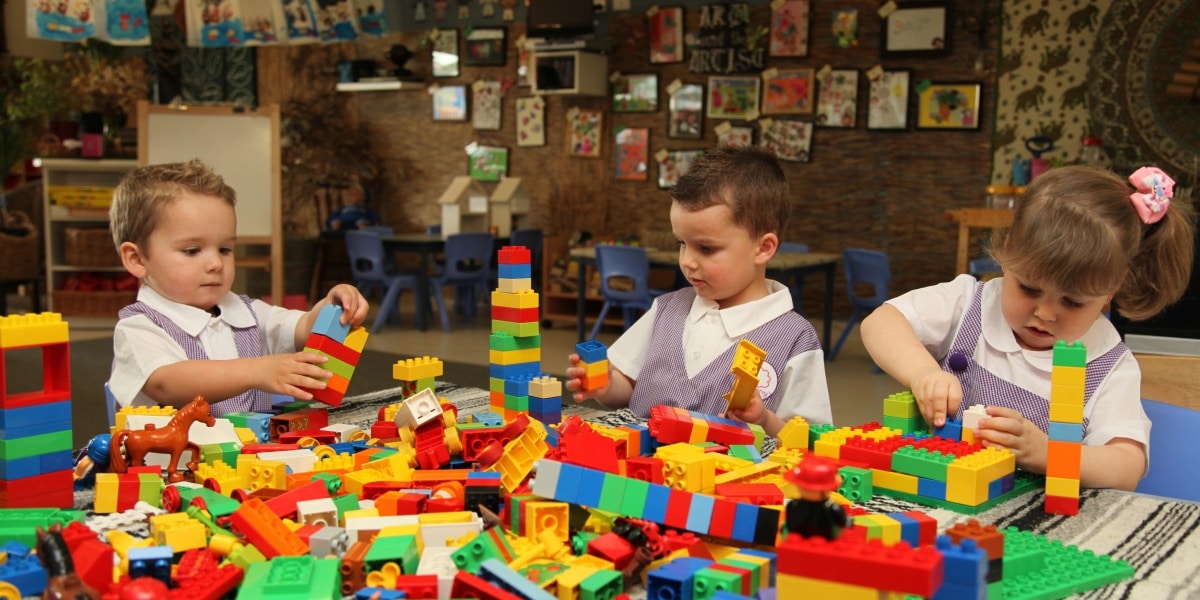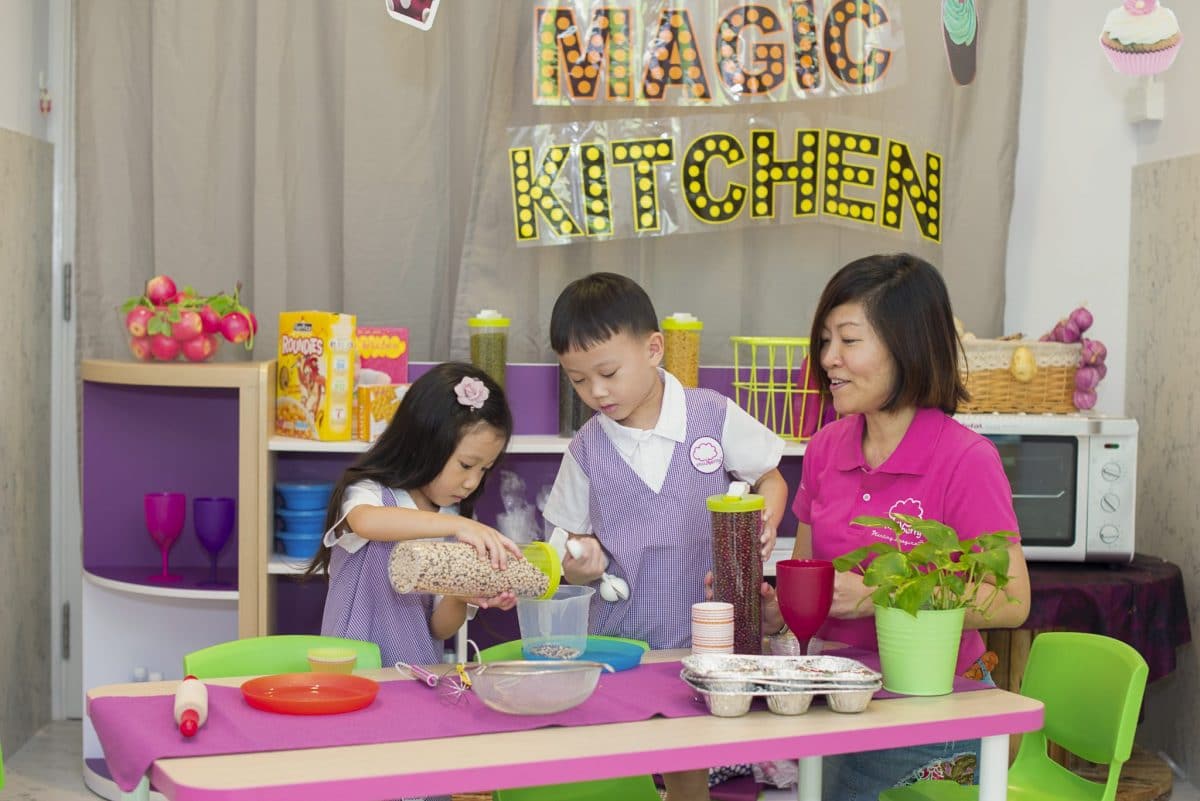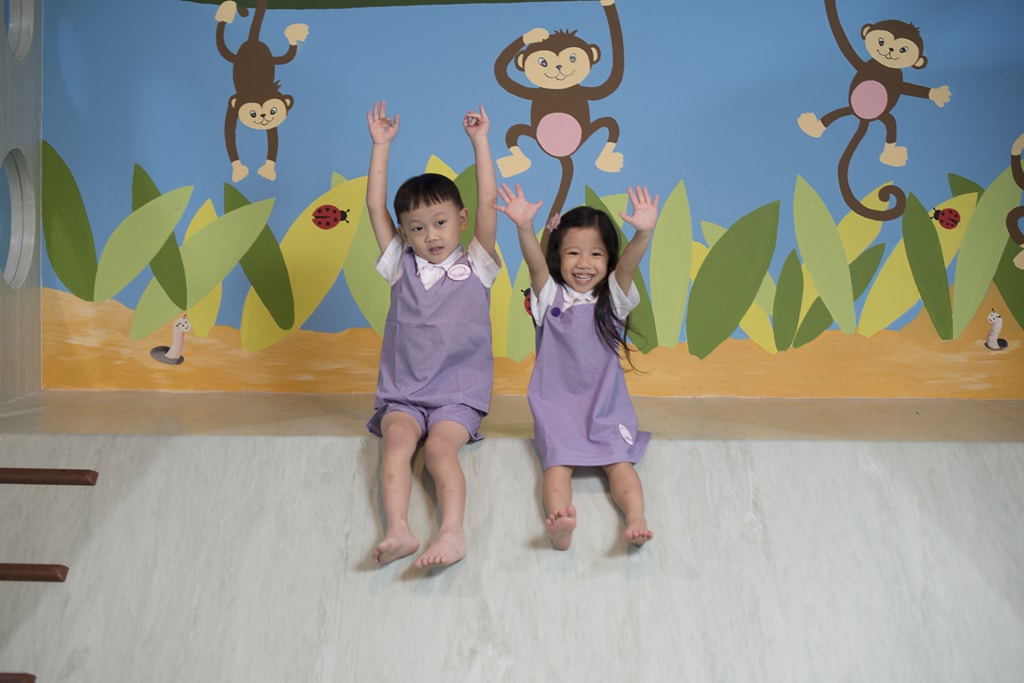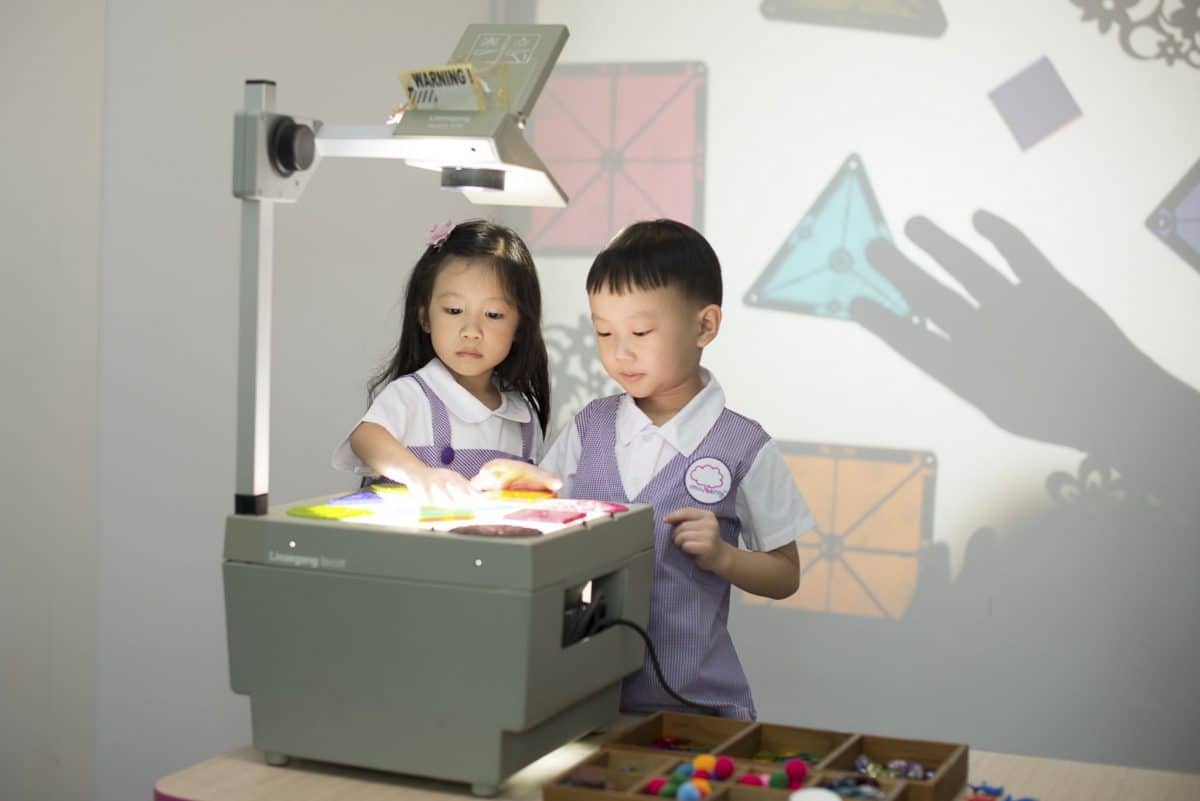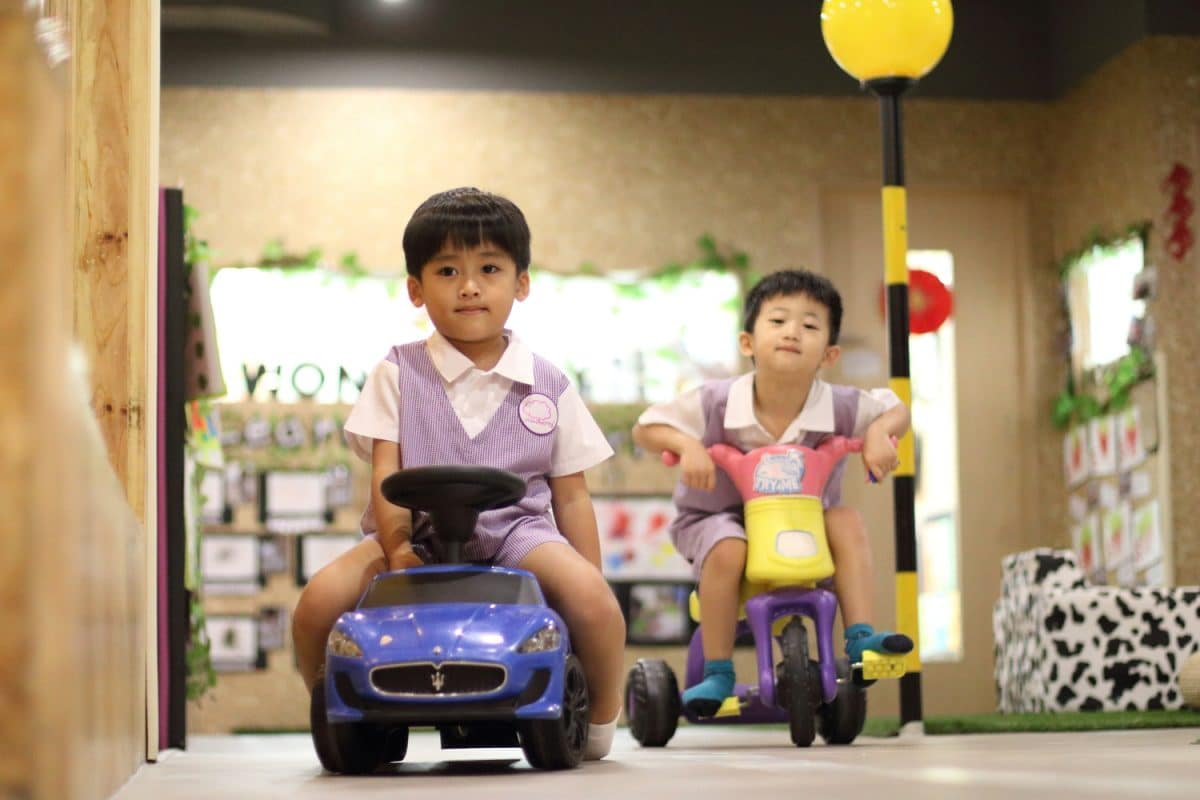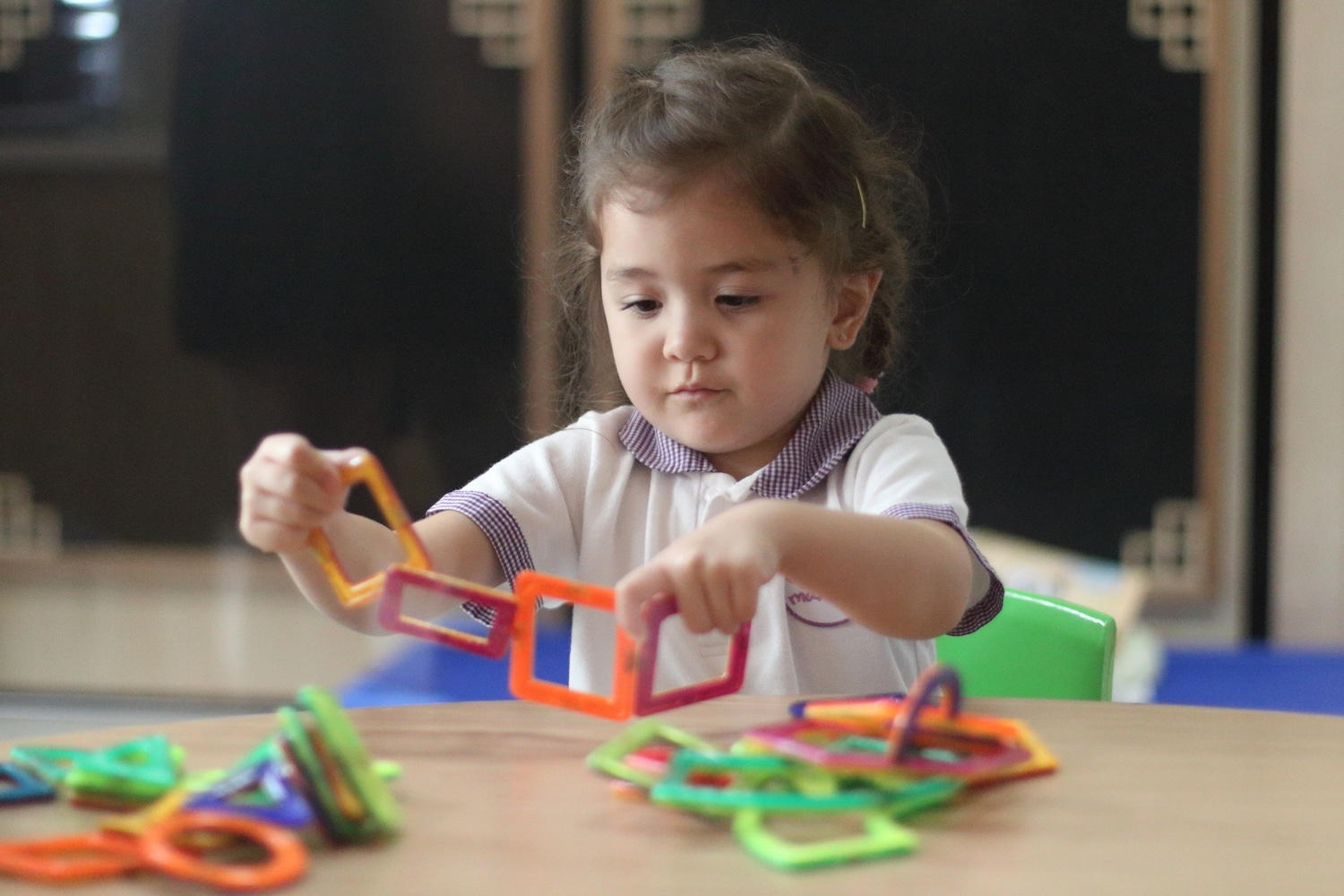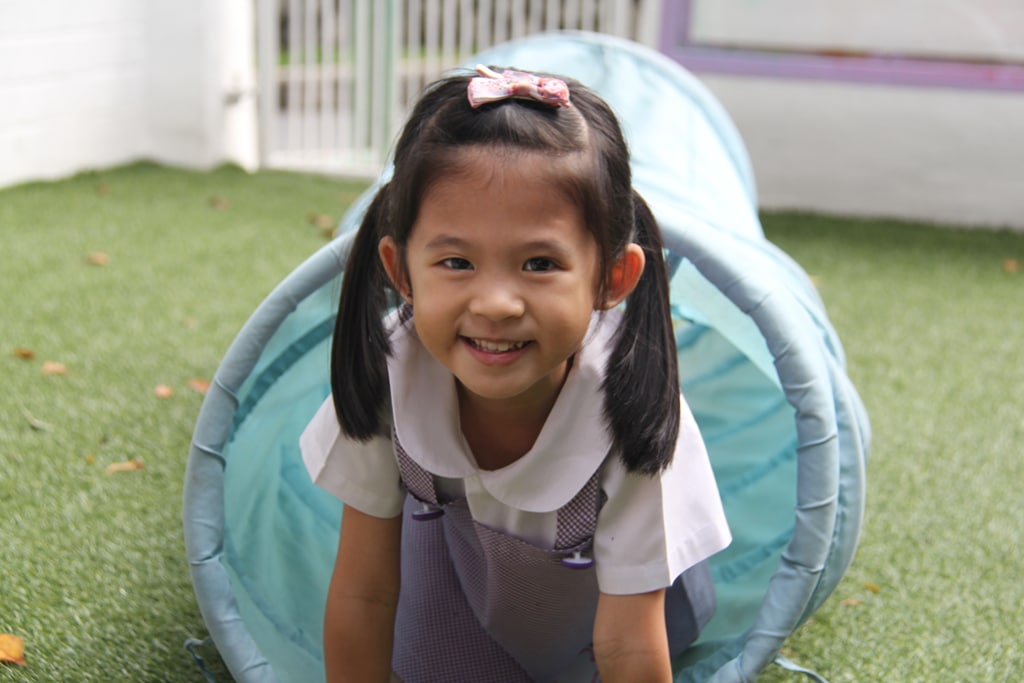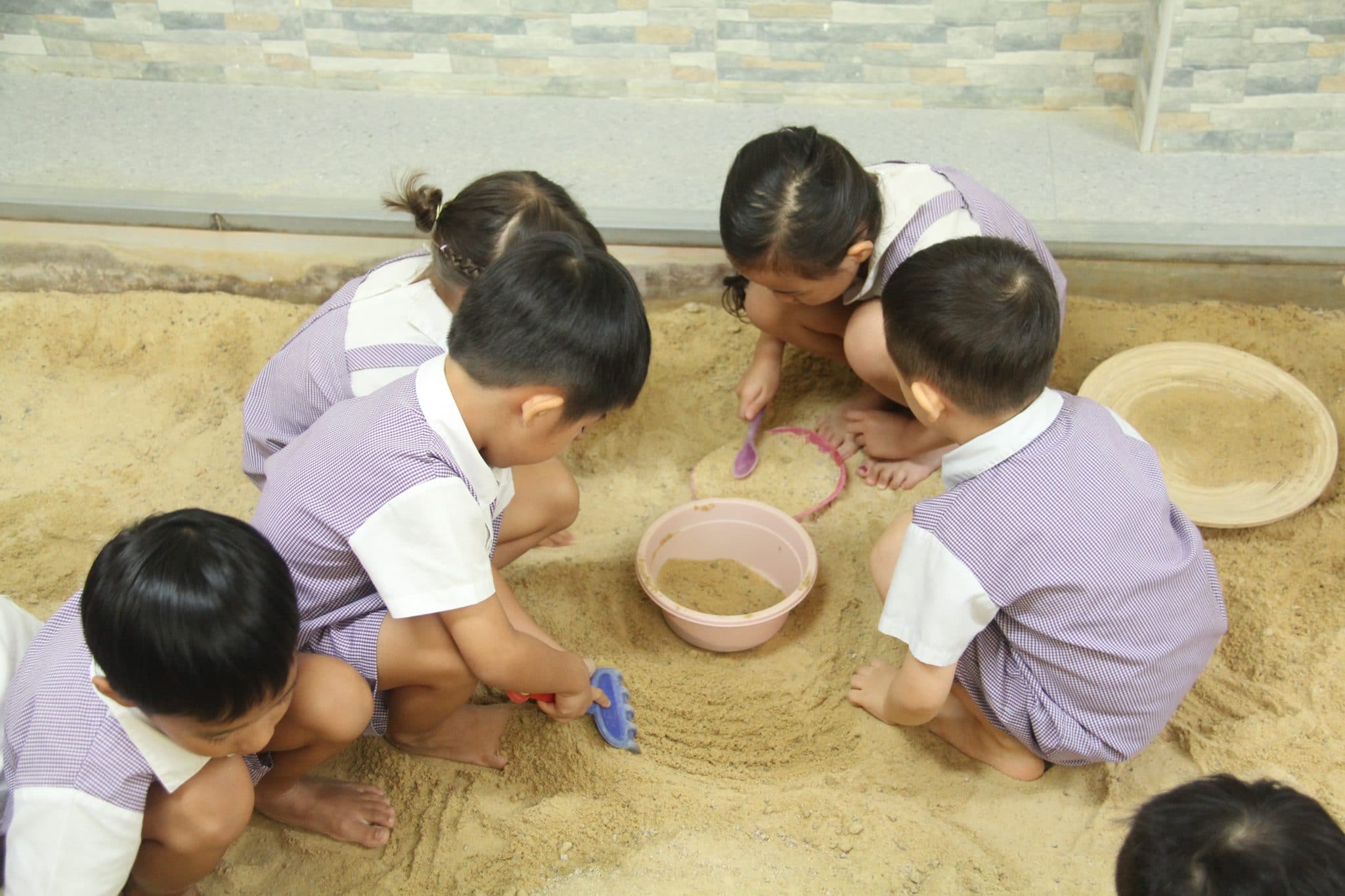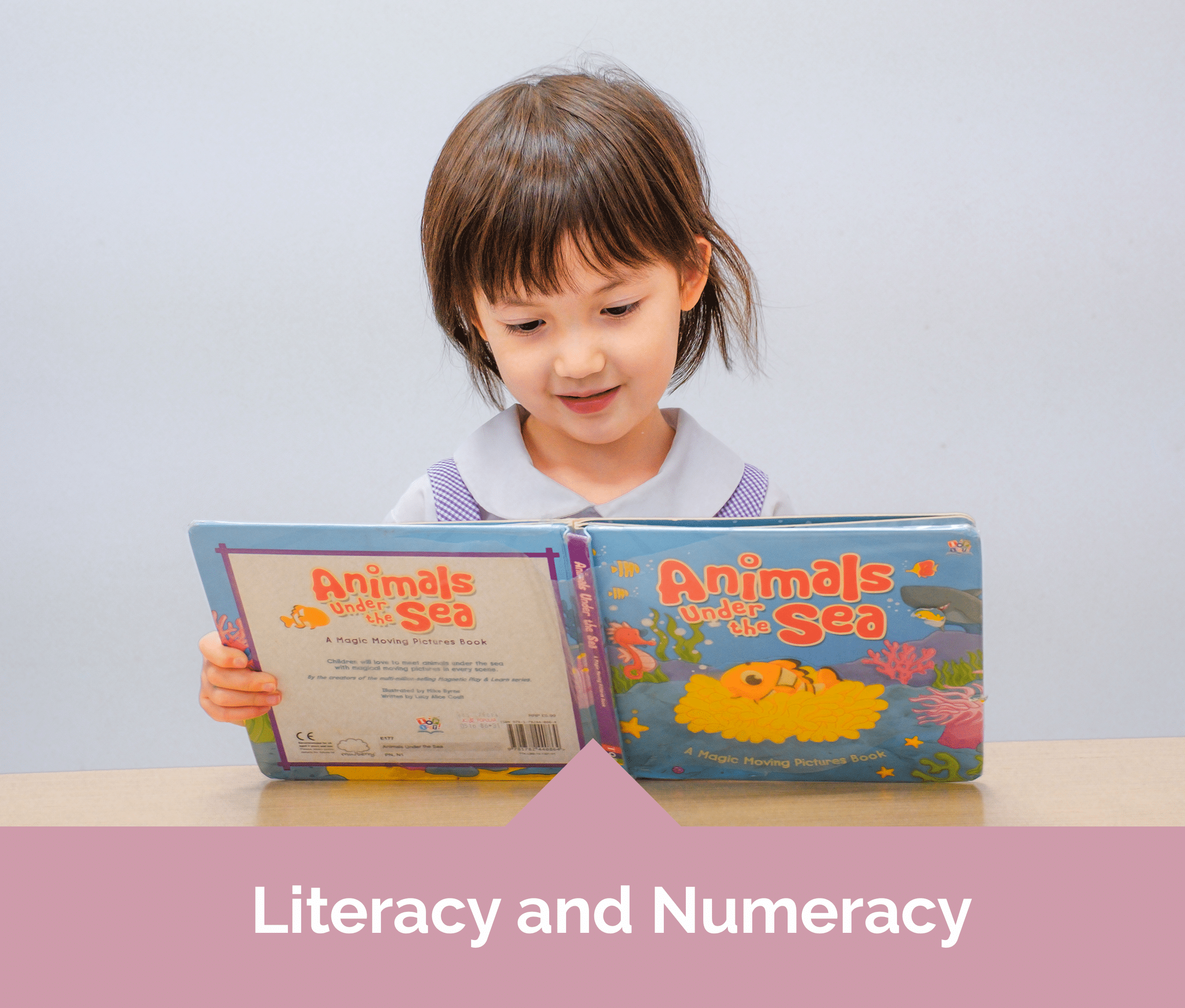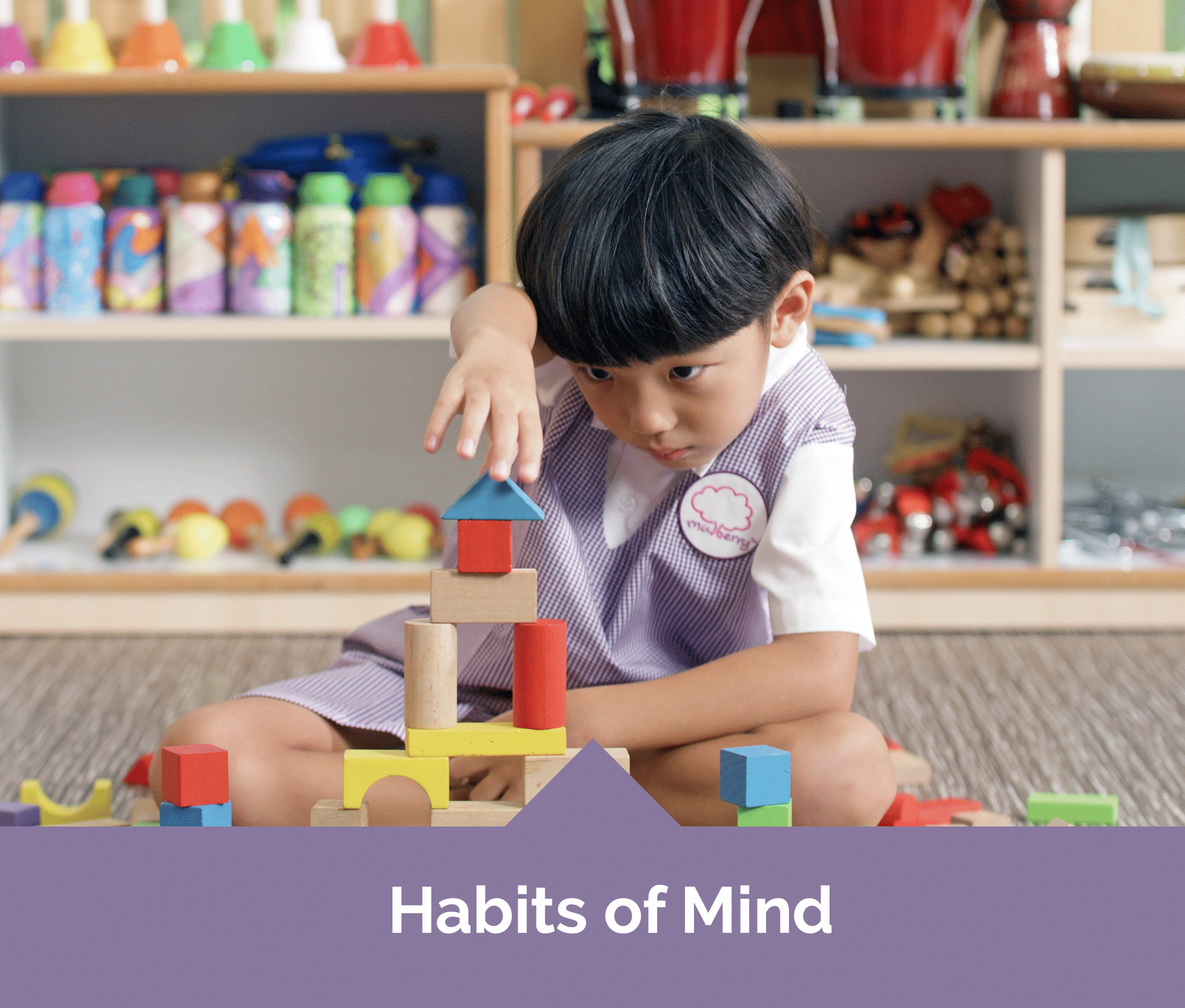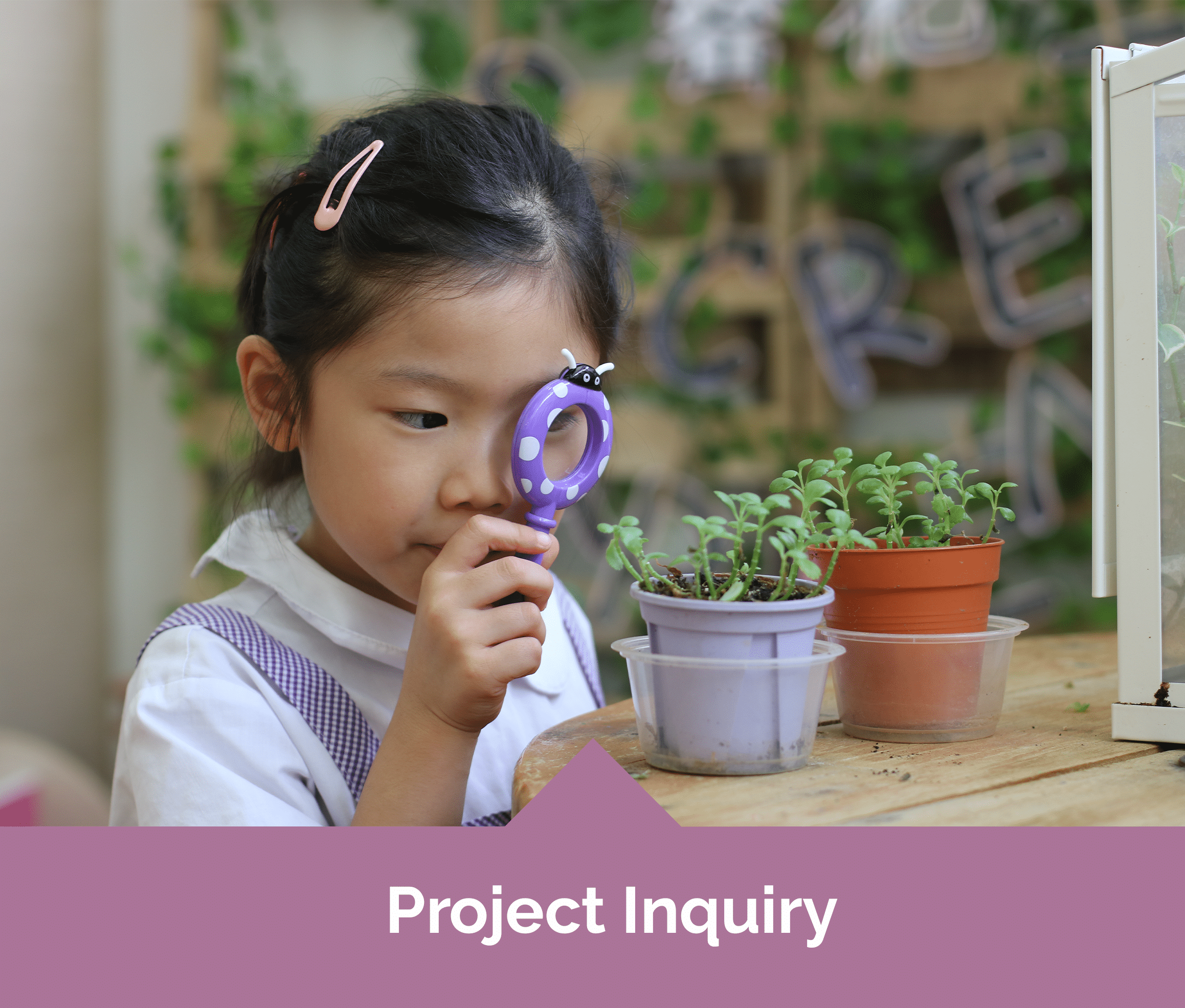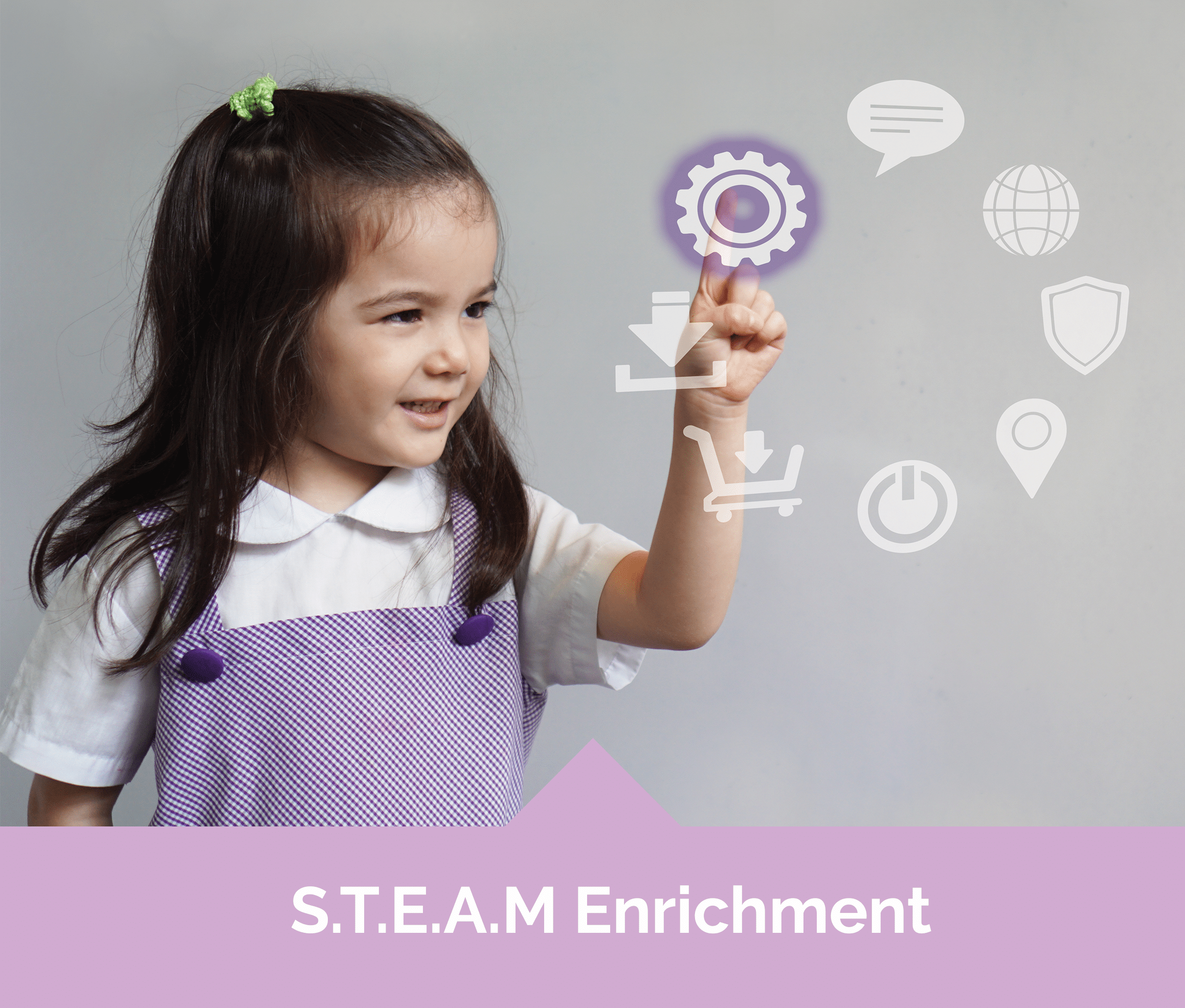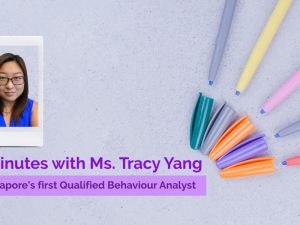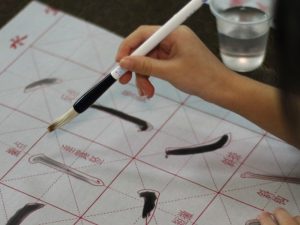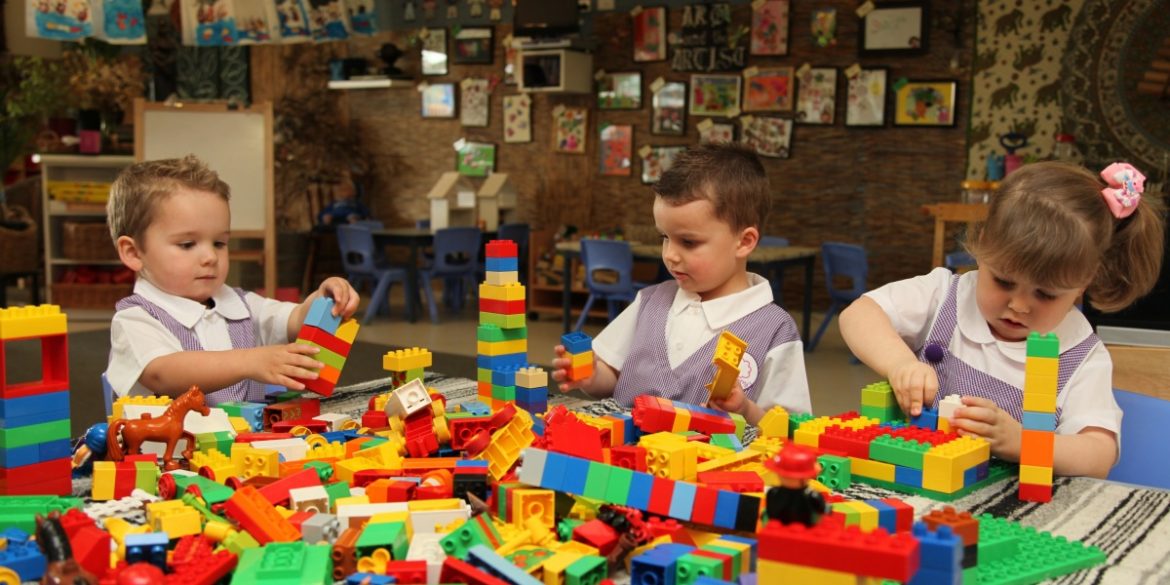
Play is frequently seen as something children do for fun and that it is an enjoyable diversion from more productive tasks. But, in early childhood education, play is much more than that.
At its core, play is all about learning. It is the way children instinctively learn essential skills and qualities they need as they grow: interpersonal skills, motor skills, and emotional development. Children learn through play to persevere, to invent, and to think critically and problem-solve. Even with all that learning going on through play, it is no doubt a fun activity for little ones!
What is play?
When you pass children a toy, it seems like it keeps them entertained for hours and you’re wondering to yourself, no one taught them, so how did they know how to play?
According to Swiss psychologist Jean Piaget, learning happens in stages and children add more knowledge to their schemas as they interact with the real-world and have opportunities for trial-and-error.
The Important Types of Play
Have you ever wondered why kids do things they do? Does your child paint or draw a beautiful picture then proceeds to cover it completely in scribbles or paint? Have you presented your child with a gift only for them to be more excited about playing with the box than the toy?
Through observing a child’s repeated behaviour while they play, we can start to understand their preferences in the type of play. By recognising and then extending children in their preferences, parents, teachers, and caretakers can plan an intriguing and challenging learning environment to support children’s interests, increase the opportunity for them to take control of their playtime, and consequently, make progress in their learning.
In the Reggio Emilia Approach, provocations empower and inspire children through open-ended activities that stimulate their desires to explore the world for themselves without being directed by a teacher or a parent.
Play-based Learning Activities You Can Do at Home
Although play should ideally be initiated and led by your little ones, parents can provide thoughtful provocations – materials and activities that suggest a type of play – without dictating how to play. Occasional prompts, such as setting up baskets with balls and spoons, can increase the chances of meaningful playtime.
The next section helps you identify your preschooler’s type of play and provides some ideas for meaningful play at home, which builds up essential skills. The descriptions are intentionally kept brief to encourage independent and child-led play.
Enjoys transporting objects and themselves from place to place
Back from a grocery run and you find your little ones being extremely eager to help you unpack? Do they enjoy placing the apples into the fruit bowl, or taking the toilet rolls into the washroom?
If your child enjoys moving things from point A to Be, they will be very helpful kids and will wholeheartedly enjoy assisting you in the daily chores such as bringing items from one end of the house to the other. To further strengthen their fine motor skills, you can also bring in smaller items for them to move: buttons, pebbles, pencils or crayons from one container to another. When it seems like it is getting more comfortable for them, add in different tools like a ladle or a wooden spoon.
The only thing to take note of is to ensure that you watch over them and ensure that younger children don’t end up placing these small items into their mouths!
A fascination with how things move and respond
Does your child enjoy throwing objects out of their toy box? Or perhaps they enjoy watching bubbles float during bath time? Then your little one would enjoy how things move.
Sometimes you may get annoyed when food is hurled to the floor during mealtime, but, take comfort in knowing that perhaps your child is discovering the properties of different foods! Will the blueberry roll when it hits the ground? Will the water make a noise when I drip it on the ground? These early observations about understanding how objects move and respond will develop into crucial motor skills like throwing and kicking later on in their lives.
Even though kids that enjoy observing movement can honestly be quite hard to handle, you can consider getting railway tracks in which they can watch the trains go round and round, up and down. Cars, balls, and ramps also help them to nurture this type of play.
An interest in arranging object in lines, patterns or rows
Have you been observing how your child enjoys arranging his or her toys? Does your little one spend hours lining up blocks in a row? If so, your preschooler is exploring how things can be placed in different positions. Understanding how things can be arranged in lines, patterns or rows provides a strong foundation for many essential skills, such as creating patterns in mathematics to maintaining neat handwriting in school.
To support your child in their endeavour, you could provide them with colourful pasta, pick-up-sticks, balls or blocks and get them to sort and arrange. Doing so encourages them to identify patterns in colours or even in shapes. Threading beads could also help them strengthen their fine motor skills as they come up with different arrangements.
Intrigued by how things roll and rotate
Children who like twirling around, rolling across your living room, playing with windmills that spins have a preference towards understanding how things roll and rotate. These kids can spend hours watching the washing machine spin around.
To support them in this preference for play, you can get them to help you when preparing your next bake! Mixing cake batter in a circular way would help them see how the ingredients are whisked together through their movements. Painting could be another way to expand this schema, and you will notice that they enjoy crafting swirls and circles on a blank canvas. Toys like cars, trains, and trucks with wheels also excite these kids!
Exploring how things connect and disconnect
Your little one loves holding hands with you, sticking things together with tape, and joining train tracks over and over again. These are all indicators of their interest in exploring how things connect and disconnect.
As they play, they are excited to discover how things come together while others fall apart. They love the concepts of strength, magnetic forces and stickiness. Understanding connecting and disconnecting is a natural urge, and allowing your child to explore this schema in a safe environment will give your little ones endless hours of play!
Blu-tack and post-it notes can be your child’s best friend. They would have fun sticking things onto the walls or on paper and removing them again. Pass them a glue stick and get them to do some art and craft, which would also nurture their fine motor skills. Playing with the dough where they get to experience how it sticks temporarily to their hands while they think of creative ways to remove them can also be fun playtime for children.
Thrilled to learn about space and capacity
Children who love hide and seek, as they wrap themselves up under the covers or behind the curtains are exploring the concepts of space and capacity. If you have kids who are enjoy this type of play, you’ll also start to notice that toys are missing from the toy box and somehow finding it under the sofa one day while cleaning up.
While learning about space and capacity, children are discovering what happens when they wrap or hide an object and uncovering the concept of permanence. Maybe I don’t see them now, but will I see them again later?
Asking your child to help in gift-wrapping is something that will help them nurture this schema. You can also vary the textures by using paper, newspaper, tissue paper, gift-wrapping paper, or cellophane wrap to provide sensory play! These kids will also enjoy dressing dolls or imaginative play like pretending to be a doctor and putting on bandages to cover bruises. Russian dolls, nesting dolls, and shape sorters are also wonderful toys for these little ones!
An attraction to explore concepts that relate to shapes, sizes, patterns
Kids who are exploring what shapes, sizes, and patterns are, have an interest in creating boundaries. Do they seem to enjoy designating spaces in the playroom for their toys? Do they use household objects to create a barrier and tell you not to come into their space?
While learning about shapes, sizes, and patterns, they are also discovering how objects can be contained in areas. They enjoy drawing the eyes, nose, mouth in a face while leaving the ears outside of the space. To nurture this schema, colouring activities work best as they will quickly learn how to colour within the lines. Also, you could create a fort for them, and they can spend hours inside in pretend-play with their toys.
Excited to learn about cause-and-effect
Just as little scientists, does your child enjoy seeing how things come together? These are the little ones who would mix their paints to find out how the colours change. Seeing the paint dissolve in water, thrills them and leave them wanting more!
Sand and water play are the best for these kids as they get to observe how these materials change shape in different containers and how sand can have different consistencies when it is wet and dry. Playdough with a variety of colours that allows them to mix and match is great fun for these little ones!
While identifying these various types of play do provide your child with more meaningful playtime, it doesn’t mean that you should only stick to the type of play that your child is interested in. Knowing the different types also guides you to present activities and an environment that encourage your child to explore a new variation on another day. Over time, all of these types of play come together as building blocks that will help your child learn essential skills in future!
With the extended #circuitbreaker, we hope this provides you with more ideas for playtime with your children while staying at home!
About Mulberry Learning
Established in 2006, Mulberry Learning is an award-winning Reggio-inspired preschool with 11 locations around Singapore. Mulberry Learning is the world’s first and only preschool network certified by the USA for the Habits of MindTM framework, and its curriculum has been voted as “Singapore’s Best Holistic Learning Programme” for 3 years running by leading parenting publications.
Find out more about our Signature Programmes
Register Your Interest to find out how Mulberry Learning can help your little ones become a confident communicator, independent thinker, and a passionate lifelong learner.


